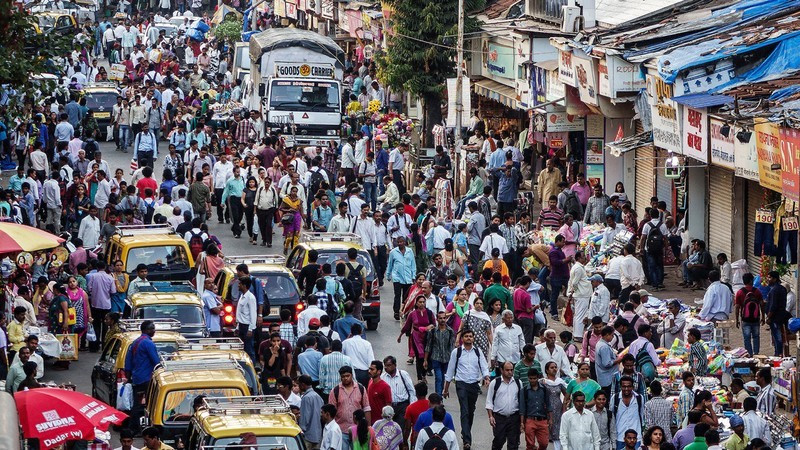The world population picture is witnessing distinctly contrasting colours. While the world's population is on the rise, many Asian and European countries are struggling to find ways to improve their low birth rates, which leads to population decline.
In Japan, the percentage of children fell for the 42nd year in a row to a new record. As of April 1, the number of children aged 14 and under, including foreigners, in Japan was 14.35 million, a decline of about 300,000 from a year earlier. According to experts' forecasts, Japan's population will decrease to 87 million people by 2070, down 30% compared to 2020.
In Europe, Italy shares the same concerns about an ageing population and lower birth rates as some Asian countries. Italy's births in the first 11 months of 2022 have fallen by 3%, from 400,000 in the same period in 2021. Italy's National Institute of Statistics (ISTAT) said the country's population could fall by nearly 20% in the next five decades, due to declining birth rates, according to the National Institute of Statistics (ISTAT). Undeniably, the low birth rate and ageing population will lead to consequences such as increased pressure on pension funds and health care costs, and the shortage of labour force that can hinder economic growth momentum.
At the same time, some other countries have seen dramatic population increases. In mid-April, India officially surpassed China to become the most populous country in the world. Egypt also faces the risk of rapid population growth. Head of Egypt's National Population Council Tarek Tawfik emphasised, that the population of this North African country is expected to reach between 142 million and 157 million by 2050.
According to experts, the increase in population has been seen as a "demographic advantage", with opportunities for economic growth. Abundant labour resources are the basis and advantages for socio-economic promotion. Population growth is also a clear demonstration of achievements in healthcare, nutrition, science and technology. However, in addition to demographic opportunities, there is still a series of challenges. Population growth will put pressure on the infrastructure system and social welfare such as health, education, employment, environment and the ecosystem.
French daily Le Figaro has recently published an article warning about the dangers of population ageing to the economy while noting, that people's awareness of the consequences of a low birth rate is not enough. The article also mentioned the experts’ opinion that the birth rate issue has not received great attention from economists by data on GDP or inflation, but this is a factor that has an important impact on the economy in the medium term.
Several initiatives and measures have been proposed by governments. Countries with declining fertility rates have offered plans to support and encourage couples to have children. However, there are still many obstacles to fertility promotion efforts, ranging from environmental concerns and women's tendency to delay childbearing to financial problems. In Egypt, which is facing rapid population growth, 22 organisations are participating in population control activities, but there is still no strong enough policy to curb this growth.
















